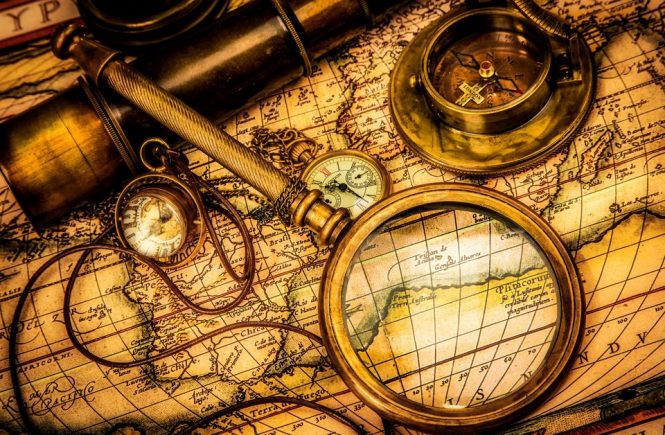Many people love collecting valuable things or materials. Some collect out of hobby while others do it for business. Some collect because they want to keep memories; still others do it just for pleasure. People collect different valuables such as stamps, coins, toys, shoes, clothes, paintings, jewelry and others. For whatever reasons why they do it, they have their own criteria for choosing what is valuable and what is not. Some collect things which are unique or rare because for some, when you own something which others don’t, it somehow gives you a sense of prestige. The aesthetic quality of a thing is also another consideration.
Some people collect things which are pleasing to their eyes. They love looking at it or at these things. People also collect because of sentimental reason. They keep something because it reminds them of pleasant memories. Some people collect because of the desirability of the material—maybe a lot of people want it but there are only a few in the market; hence, it becomes a thing of value. Usually, aside from these aforementioned traits, people desire to keep antique materials. These antique materials are of great financial value because they have already weathered through time; the older they get, the more expensive they become.
The common antique collections of people fall under the following categories: jewelry, silverwares or silver works, pottery, clocks or timepieces, ceramics and porcelains, metal wares or metalworks, furniture, rugs, Asian artifacts, dolls or toys. Here are some of the most popular and at the same time most expensive antique collections of all time.
Pieces of jewelry are a common precious collection of people. The materials used, where it came from, who or which company made it, how old it is, how it is acquired are just some considerations in identifying how precious these collections are. The emerald and diamond tiara of Princess Katharina Henckel von Donnersmarck was sold at $12.7 million at Sotheby’s Magnificent and Noble Jewel Sale in May 2011 in Geneva, Switzerland. The tiara owned by the German Princess was said to have been commissioned circa 1900 by her husband, Guido Count von Henckel, First Prince von Donnersmarck, from Chaumet, the Parisian Jewelry House. The tiara which is embellished with 11 rare Columbian emeralds weighs over 500 cts. and may have originally a necklace of a Maharajah. It also became a part of the collections of Empress Eugenie de Montijo (Doña Maria Eugenia Ignacia Agustina de Palafox y KirkPatrick, 16th Countess of Tiba, 15th Marchioness of Ardales).
